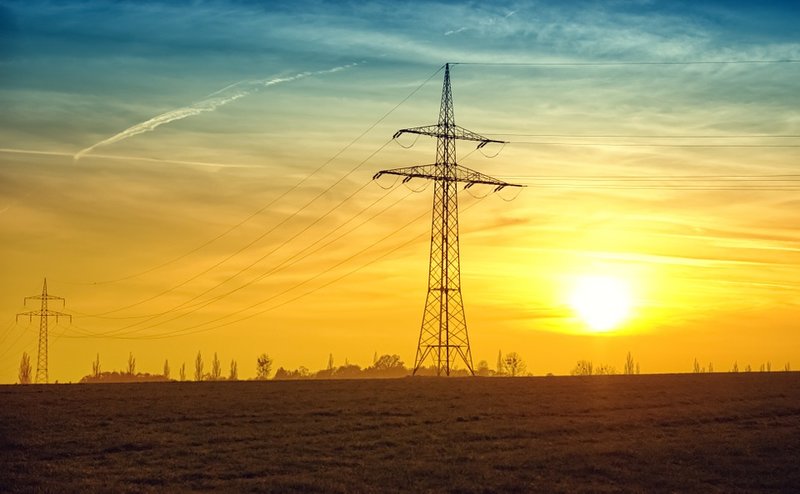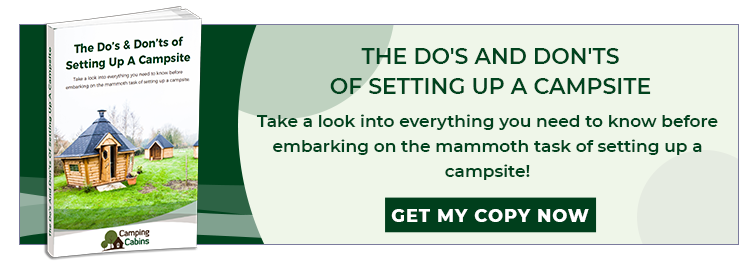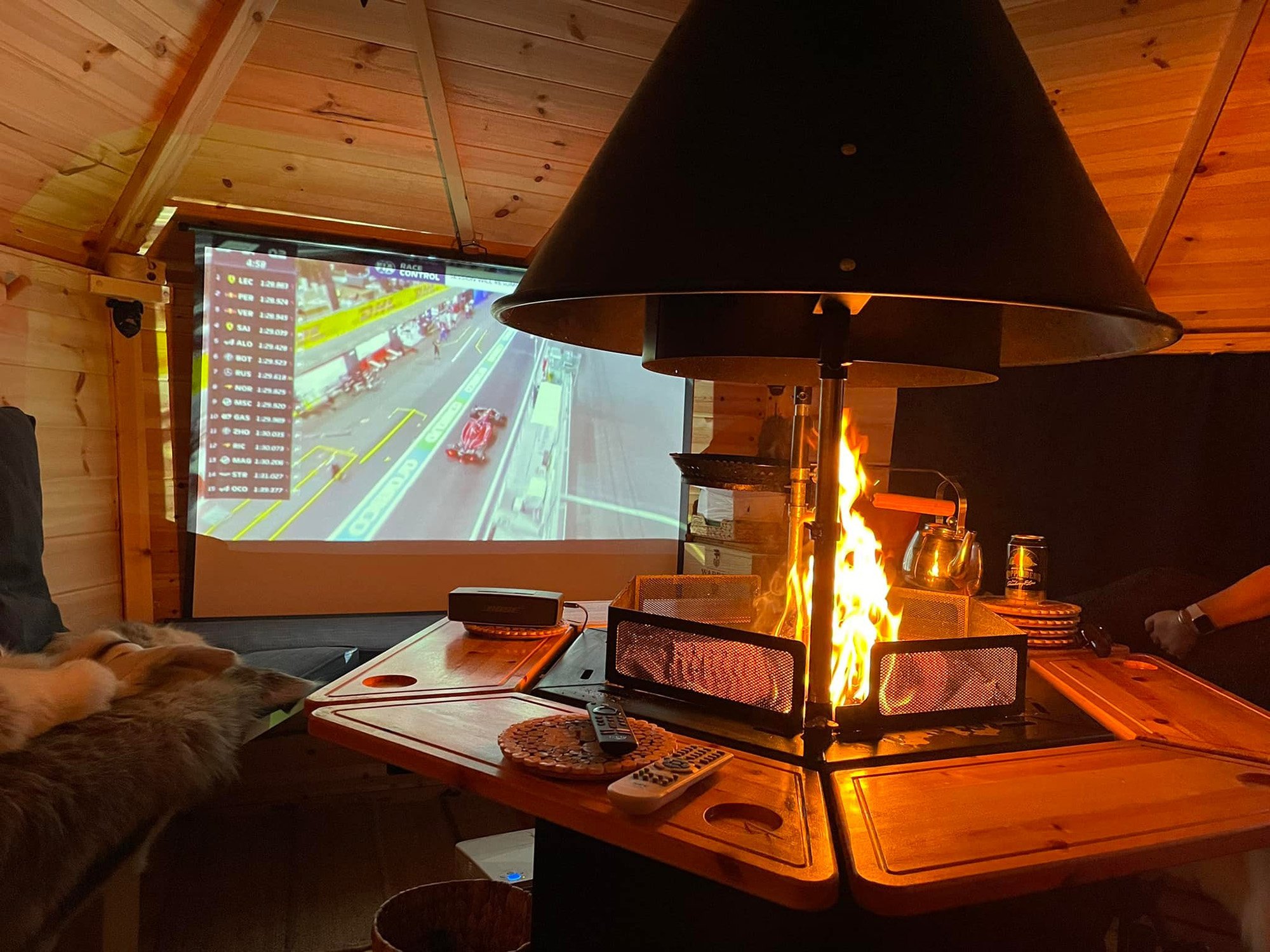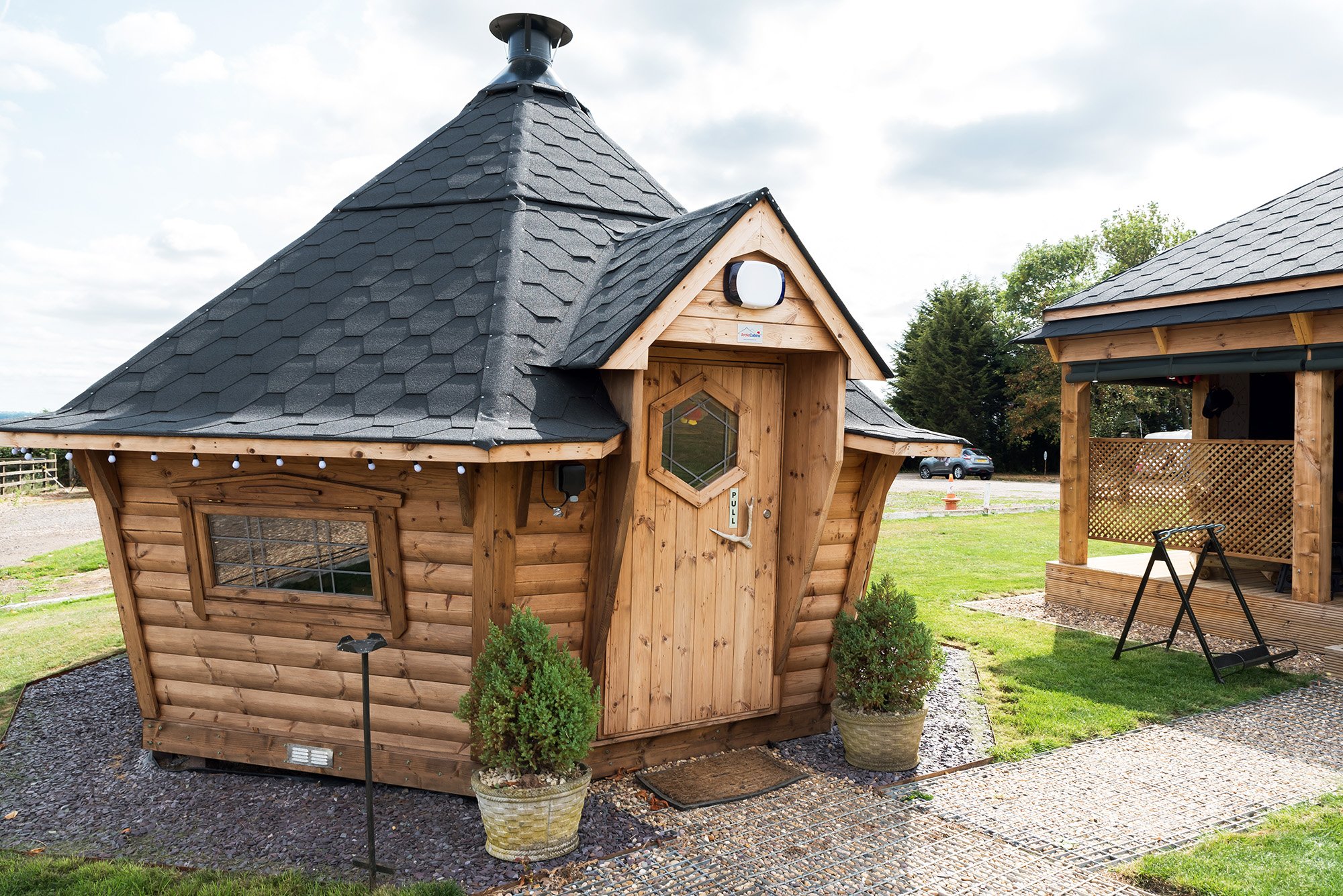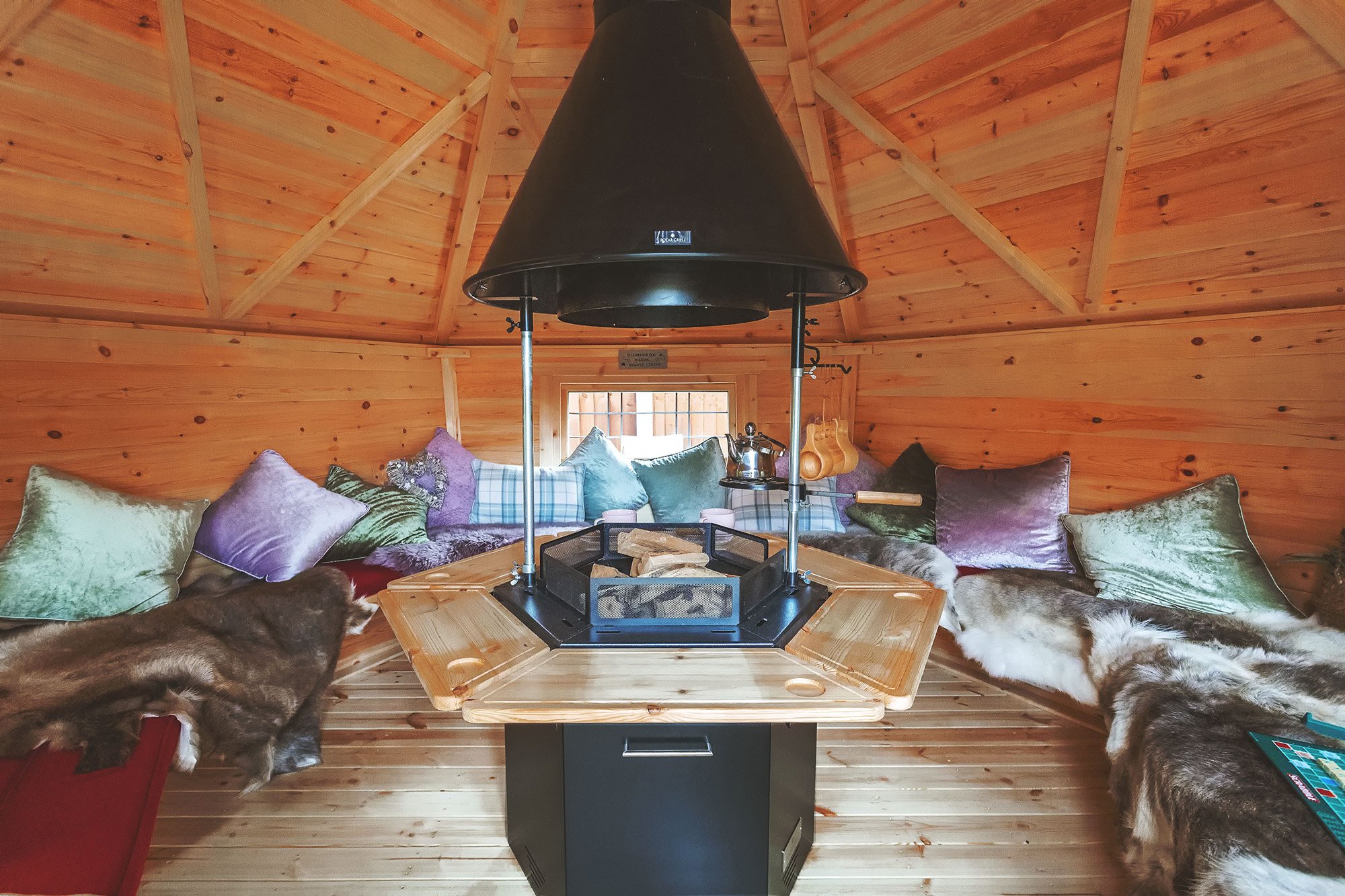Even a campsite with the best cabins, lodges, annexes, facilities and more besides, is nothing if it doesn’t have some form of energy supply. If you are looking to start a campsite from scratch, you’ll need to consider how you will provide power to the accommodation units.
If you are choosing Electric to heat water and power a shower, you may find you need 30amps to each unit. This typically equates to a 3 Phase power supply if you are installing a number of Glamping buildings with facilities. Naturally, the first point of call is to talk to your Power Supplier to find out how big the current supply is and what is available to you.
If you are looking to provide campsite lodgings with shared facilities or no shower facilities at all, you might consider other power solutions.
Establishing Power
One tried and tested way of securing power for new campsite amenities is via an electric hook-up (EHU) system. It’s certainly better than noisy and potentially lethal carbon-monoxide-producing generators. From a visitor’s point of view, leisure batteries are another option (that typically come with caravans and motorhomes) but they’re usually pretty heavy and don’t give out much of their 12V juice beyond 10 hours or so. The same can be said of car batteries, which are, after all, intended to primarily power a guest’s mode of transport. Petrol-powered generators are a valid alternative for campsite attendees, as are portable solar panels or solar panels that are fitted to the roofs of mobile homes.
Getting Hooked On EHUs
A campsite with EHUs represents a more attractive proposition for a wider range of potential visitors. This is because they are a convenient way for guests to access mains electricity, whether they are staying in a pod, camping cabin or belltent it provides a 230V supply but, depending on your anticipated visitor capacity, ratings can vary (from as low as 5A but more likely 10A or 16A).
The Wrong Kind Of Trip
Anything more than your restricted supply will ‘trip’ the system. Of course, the infrastructure needs to be in place for your guests to take advantage of the electricity supply. Each of your buildings will need to have an electric hook-up cable fitted, while visitors not staying in your onsite buildings will need to ensure that they have one with them.
Campsite Guests
When using EHU, it’s important to manage visitor expectation regarding power supply. While a typical house can handle almost every conceivable item that is plugged into the mains, an EHU usually offers about 10% of that capacity. Even the humble kettle is a particularly voracious energy guzzler, and that’s without factoring in the range of portable devices that many travellers bring with them.
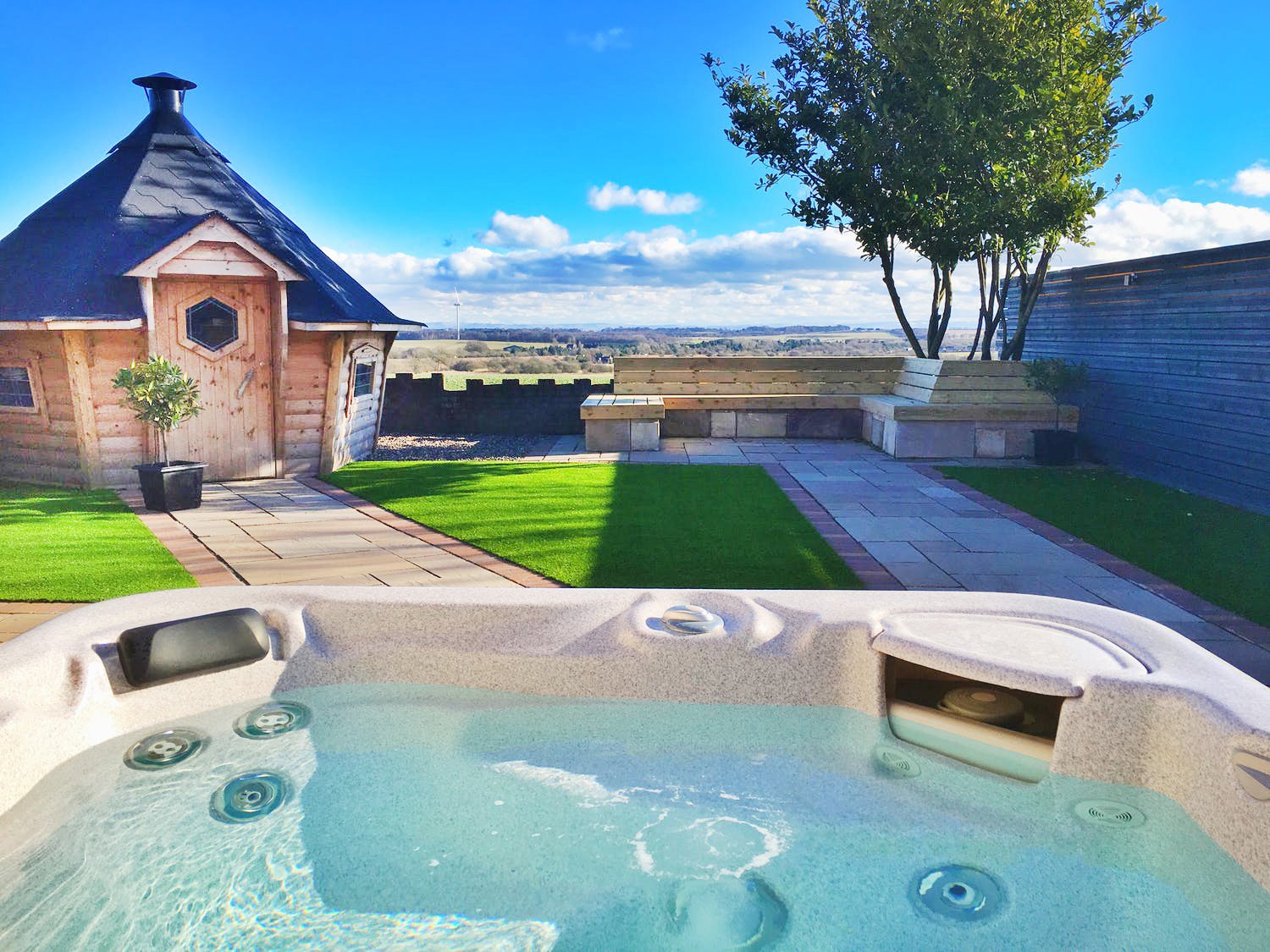
Don’t Forget…
Electric installation must be carried out by an appropriately qualified engineer, such as one accredited by the National Inspection Council for Electrical Installation Contracting (NICEIC). Your EHUs will need to be tested on an annual basis.
Get In Touch
To learn more about how to establish power for your new campsite, please don’t hesitate to call us today on the number featured at the top of this page.

